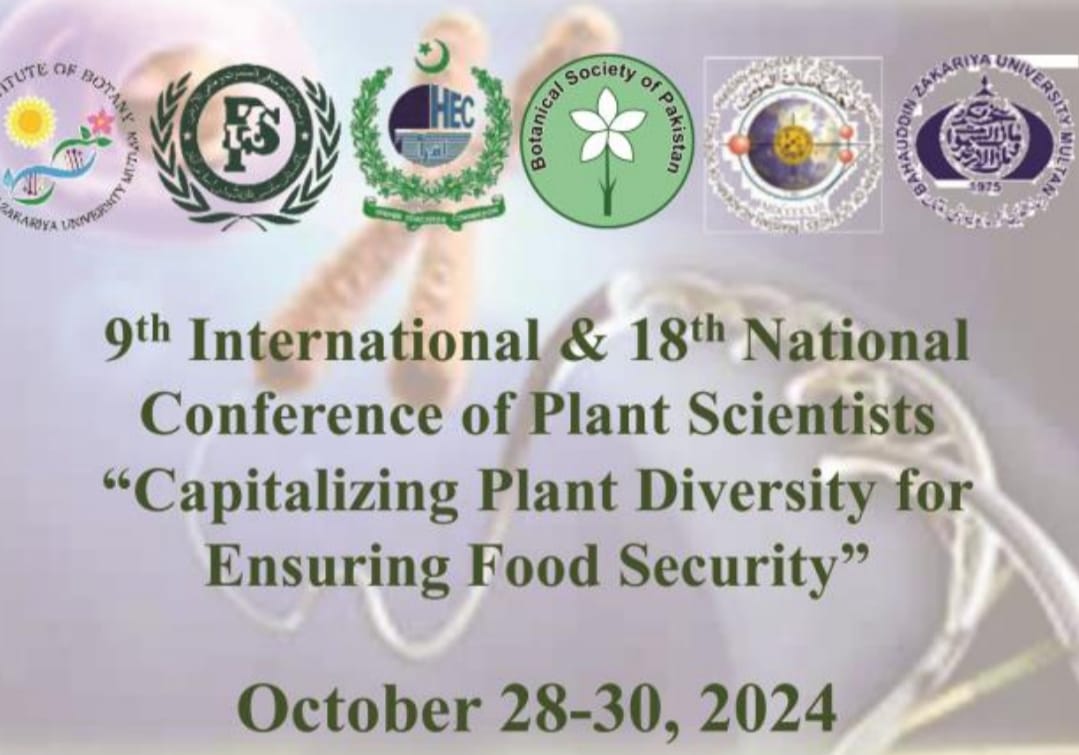
PJB-2016-37
DEVELOPING A PLANT CULTURE MEDIUM COMPOSED OF VINASSE ORIGINATING FROM HAEMATOCOCCUS PLUVIALIS CULTURE
ANDRÉ LUIZ GOLLO1, ANDRÉ LUÍS LOPES DA SILVA1, KHIOMARA KHÉMELI DELLANI DE LIMA1, JEFFERSON DA LUZ COSTA2, MARCELA CÂNDIDO CAMARA1, LUIZ ANTONIO BIASI3, CRISTINE RODRIGUES1, LUCIANA PORTO DE SOUZA VANDENBERGHE1, VANETE THOMAZ SOCCOL1 AND CARLOS RICARDO SO
Abstract
The mineral nutrients in vinasse provide support for algal and plant growth. Algal culture releases organic compounds into its liquid culture medium. These organic and inorganic substances can be useful for formulating a plant tissue culture medium, because tissue culture medium is composed of organic and inorganic components. Therefore, the aims of this study were to develop a plant culture medium by using the vinasse that is employed for Haematococcus pluvialis culture (algal filtrate); to investigate the possible beneficial effects of the biocompounds in the micropropagation of Nidularium procerum (Bromeliaceae), to evaluate quercetin content, total phenolics content in vinasse and to evaluate the cytotoxicity of the media by performing a bioassay with Artemia salina. The vinasse that originated from H. pluvialis culture can be used to formulate plant tissue culture at a 3% dilution, and its mineral nutrients can support In vitro plant growth, but some nutrients must be supplemented to enhance its efficiency. An efficient micropropagation protocol was developed for N. procerum. The micropropagated plants were suitable for transfer to the field (they were acclimatized). This culture medium provides a way to reuse wastewater, gives a rational alternative to vinasse disposal and adds value to what is currently considered to be an undesirable residue. Moreover, this process can reduce the production costs of clonal seedlings and/or bioactive compounds in biofactories. There was no apparent biostimulatory effect by the algal filtrate on morphogenesis; however, it did increase quercetin production. The H. pluvialis culture that was grown in the vinasse decreased the cytotoxicity and phenolic compound contents, which prevented explant tissue necrosis and represented a treatment for this residue for safer disposal in the environment.
To Cite this article:
Download PDF


